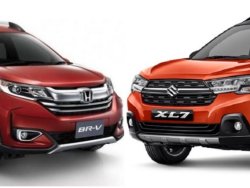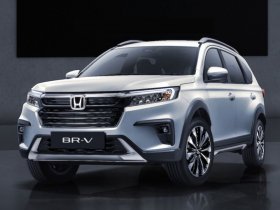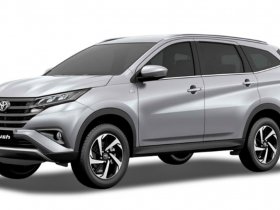Honda BR-V Vs Toyota Rush - Which One Will Win Your Heart?
The Toyota Rush is a much-anticipated SUV that will go up against the Honda BR-V. The new Toyota Rush, which was introduced in 2018, is a vehicle designed primarily for emerging countries. The Rush is a midsize 7-seater SUV that is currently available in Indonesia, Thailand, India, and South Africa, and it appears to be a viable product for the Philippines market.
Let's look at our latest Honda BR-V Vs Toyota Rush comparison for more details!
Honda BR-V Vs Toyota Rush - Exterior/Dimensions
The length, width, and height of the Honda BR-V were 4451mm, 1735mm, and 1677mm, respectively. A broader body usually means more shoulder room inside the vehicle, while a higher roof helps get in and out much easier.
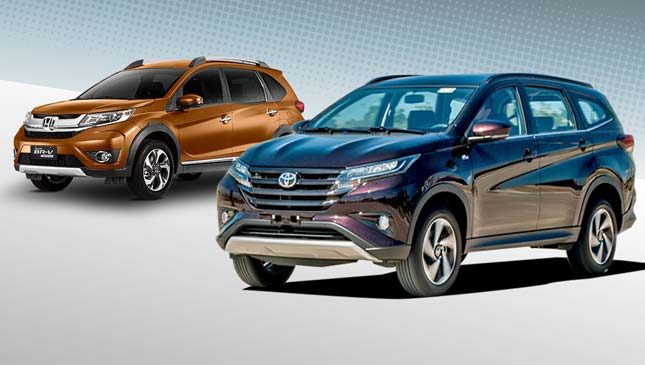
Honda BR-V vs Toyota Rush
The wheelbase of the Honda BR-V is 2662 mm. The wheelbase is the measurement between the front and rear wheels' centers. A longer wheelbase often improves legroom.
In terms of dimensions, the Toyota Rush is somewhat shorter and smaller, measuring 4,435 mm in length, 1,695 mm in width, and 1,705 mm tall. So the Honda BR-V specs seemed to be taller between BR-V vs Rush because of these mathematical ratios.
Toyota Rush features three rows of seats with a length of 4,435 mm and a wheelbase of 2,65 mm. The front and second-row passengers have plenty of knees and headroom, but third-row passengers have limited space like those in many other three-row vehicles.
The Honda BR-V combines the looks of an SUV but the utility of a minivan. It has a muscular external design and a 201mm ground clearance as a result. To add to its height, it rides on 16-inch alloy wheels. The BR-V has a larger grille with an extra slat for differentiation in its revised edition.
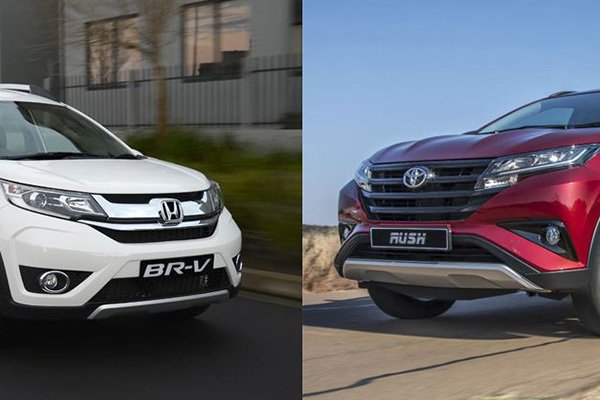
Honda BR-V 2023 vs Toyota Rush 2023
The Honda BR-V comes in Premium Amber Metallic, Modern Steel Metallic, Lunar Silver Metallic, and Taffeta White. Passion Red Pearl and Platinum White Pearl are two new hues for the 2019 BR-V.
The Toyota Rush, on the other hand, despite having smaller dimensions, has a huge 220mm ground clearance. Aside from the Toyota Rush's powerful outward style, all variations have front fog lamps, LED headlights, taillights, a stylish shark-fin antenna, and a rear spoiler.
The top 1.5 G trim level includes a set of stylish 17-inch wheels. On the other hand, Lower E models have gleaming chrome and a pair of 16-inch wheels.
Honda BR-V Vs Toyota Rush - Interior
The BR-V is a 7-seater with seating for up to seven passengers on the last row. Its second row can fold into place, giving backseat passengers additional flexibility. Fabric, polyurethane, and plastics are mostly utilized inside the BR-V, with red leather highlights and stitching on the top V models.
The Rush is similar to the BR-V in that there are certain pieces that may be identified as having been in previous Toyota models. The Rush exudes a contemporary, high-end atmosphere, even though most of the materials utilized are plastic. The most dominant color on the inside is black, with silver highlights and cream-colored trim.
The BR-V has automated climate control, a touchscreen, and air conditioning in the second row. Because the BR-V is also a seven-seater, it offers plenty of room. Surprisingly, there was more than enough for seven people. This vehicle also has a Garmin-powered 7-inch touchscreen with navigation, Bluetooth, and USB connections.
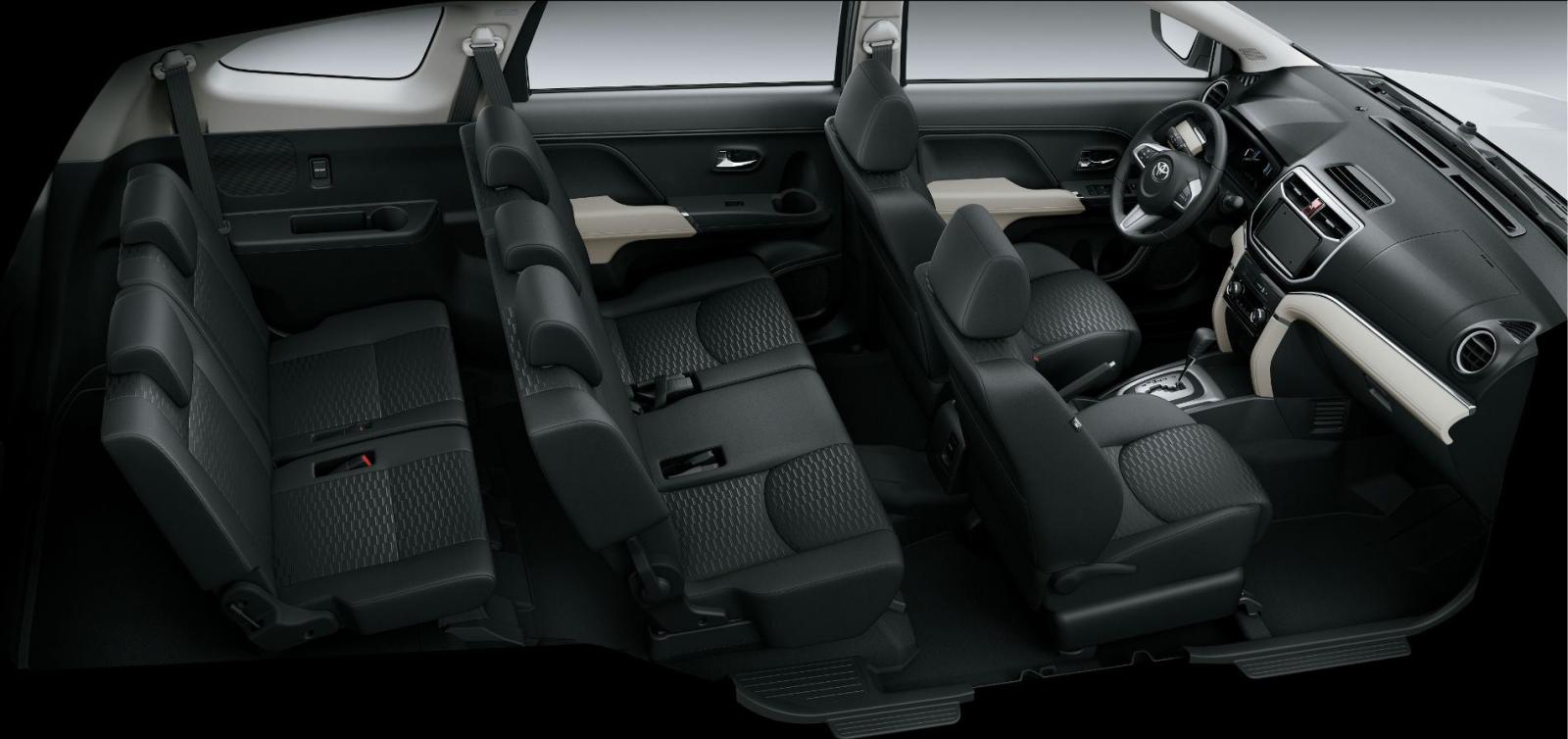
Toyota Rush interior
As for the Toyota Rush, a 7-inch touchscreen is also featured on the dashboard, which can connect to any smartphone through Bluetooth or a USB connector. The Rush's audio control, enhanced by eight speakers, is mounted on the steering wheel, allowing the driver to adjust it with a single tap.
Honda BR-V Vs Toyota Rush - Engine
The Honda BR-V engine is equipped with a SOHC inline-4 engine with VTEC, 118 horsepower, and 145 Nm torque, whereas the Toyota Rush is equipped with a DOHC inline-4 engine with VVT-i, 102 horsepower, and 134 Nm torque.
According to the information above, the BR-V, although having the same engine capacity as the Rush, produces greater power and torque while being functionally simpler due to a single overhead cam.
The only drawback is that Honda BR-V only provides a CVT transmission, whereas Toyota Rush offers both a manual and an automatic transmission.
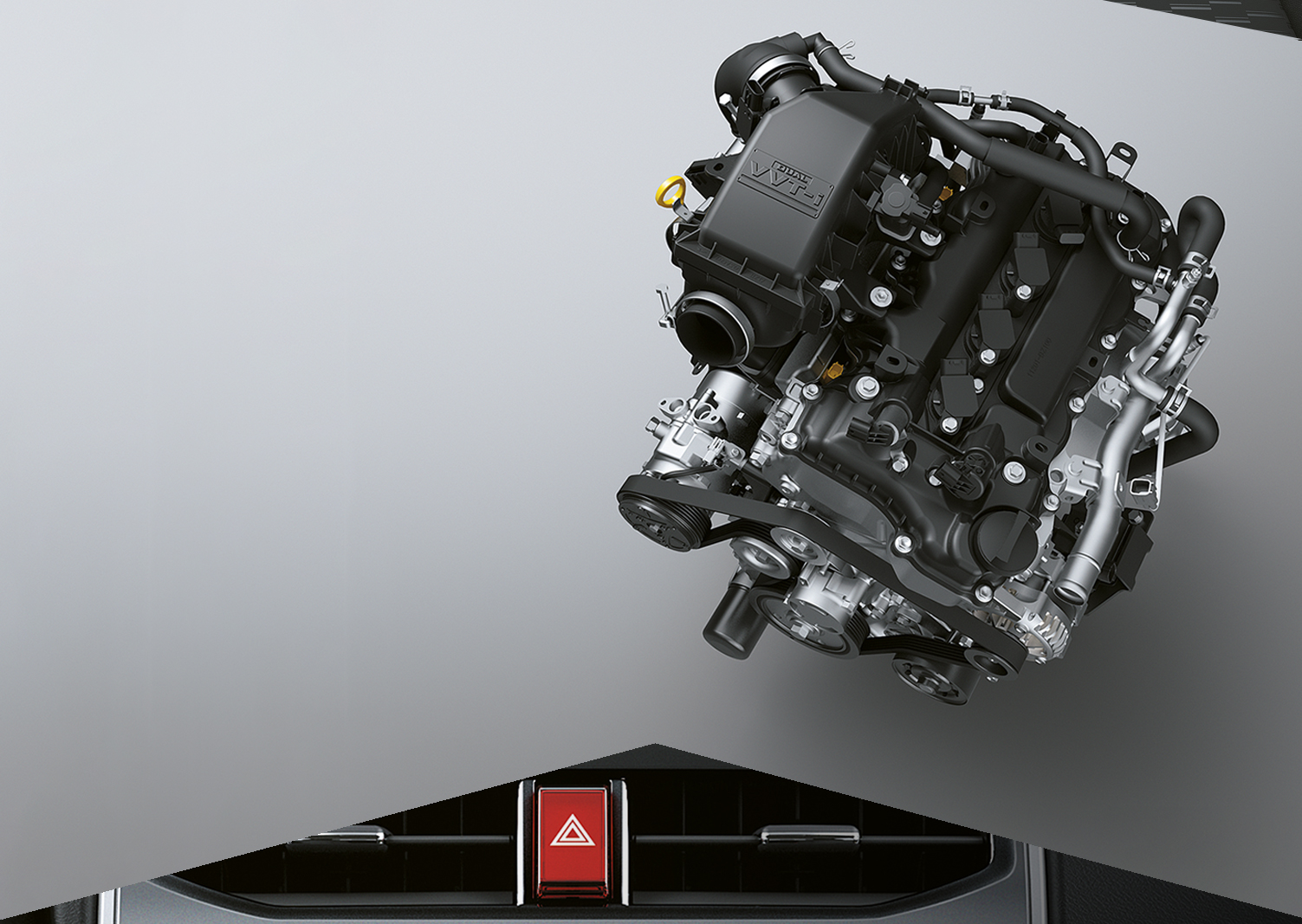
Toyota Rush engine
The Honda BR-V is equipped with MacPherson struts in the front and a torsion beam axle in the rear. The front brakes are vented discs, while the rear brakes are drums.
The Rush relies on a ladder-frame chassis. The front suspension is a McPherson Strut, while the rear suspension is a four-link setup. Disc brakes are used on the front wheels, while drum brakes are used on the back wheels.
Honda BR-V Vs Toyota Rush - Safety
Let's compare Honda BR-V and Toyota Rush safety. For the safety features of the two vehicles, both have an anti-lock braking system, ISOFIX, stabilization management control, hill start aid, an alert with a stabilizer, and electronic brake-force distribution.
However, whereas the Honda BR-V has only two airbags, the Toyota Rush offers six. The BR-V is rather ordinary. However, it may appear to be a step behind its competition.
Honda BR-V Vs Toyota Rush - Price
You would believe that the Toyota Rush pricing is high based on what we've learned, but it's fairly reasonable. The Rush price range varies from ₱983,000 to ₱1,100,000, which is rather affordable considering its features.
The Honda BR-V 2023, on the other hand, is priced from ₱1,038,000 to ₱1,158,000. However, based on what we've observed, this cost isn't justified given how many amazing amenities the Toyota Rush offers.
Conclusion
We believe you must make your own decision after checking our Honda BR-V Vs Toyota Rush comparison.
Because its engine is more powerful, the Honda BR-V is believed to provide better comfort when driving. The Toyota Rush, on the other hand, appears to have a better chance of outselling its competitor. This is due to the Toyota Rush's ability to offer more interesting new features while cost-effective.
Hope you find this article on Philcarprice.com helpful!





